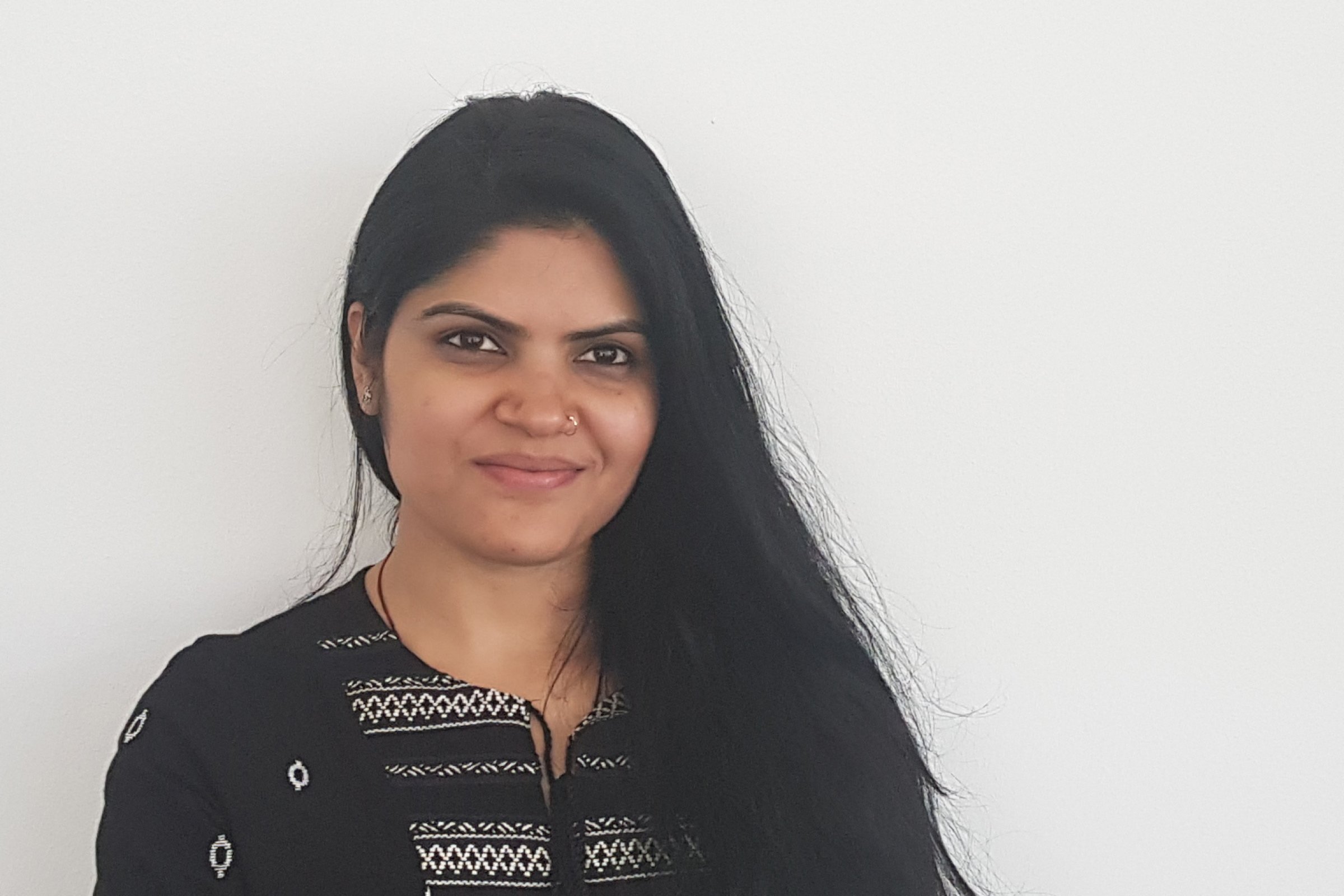September 2, 2020
Seismology and artificial intelligence
New research group started at FIAS within the BMBF guideline for the promotion of female AI junior scientists
Among all forces of nature, earthquakes are considered one of the most devastating threats. They cause enormous human and structural losses worldwide. Even though analysis and measurement methods have been further developed over the past decades, reliable predictions are still not possible today. Although many indications of an increased earthquake probability are known, they do not allow an exact prediction of the location and time of catastrophic earthquakes. Over the next four years, the research group at the Frankfurt Institute for Advanced Studies (FIAS), headed by Dr. Nishtha Srivastava will be funded by the German Federal Ministry of Education and Research (BmBF) with more than 1.6 million euros as part of the "Promotion of female AI junior scientists" program. Nishtha Srivastava will use methods of artificial intelligence (AI), the application of which in the geosciences, especially in seismology, is still in an early stage of research, to expand our understanding of the origin of earthquakes and improve predictions.
Due to the opposing movement of two terrestrial plates, cracks and deformations, so-called distortions, can be formed in the earth's crust. If the stresses in such distortions become too strong, a sudden reduction in stress occurs - an earthquake. A promising way to gain a better understanding of the stress build-up and local fracture points of the fault is to analyze and interpret the extensive seismological data sets. At the FIAS, within the new research project Deep Learning (DL)- based algorithms and models are developed to detect seismic signals, to determine their spatial and temporal coordinates and to determine the probabilities for the occurrence of earthquakes. With the new project, the development in this new research area will be further advanced.
The project acquired by Dr. Nishtha Srivastava will be located at the FIAS and will be carried out together with Prof. Dr. Georg Rümpker and associated research partners (Goethe University; Geoforschungszentrum Potsdam; Samson AG Frankfurt; Chinese Academy of Sciences - Institute of Geology and Geophysics, Bejing; Institute of Geoscience, Canberra, Australia), who will contribute seismic data as well as specialized know-how and expertise. The project leader Dr. Nishtha Srivastava studied mathematics and geophysics at Banaras Hindu University, India. During her PhD at the Advanced Computational Seismology Laboratory at the Indian Institute of Technology in Kharagpur, she has been studying the side effects of the vibrations of both near-field and far-field earthquakes. Since 2018 Srivastava has been conducting research at FIAS together with the Fellows Prof. Dr. Horst Stöcker, Dr. Jan Steinheimer and Dr. Kai Zhou in the area of "AI & DL in Science and Technology".
Further Information:
About the Project Seismology and artificial Intelligence
About the BmBF guideline (in german language) KI-Nachwuchswissenschaftlerinnen
